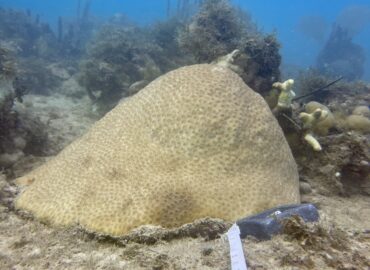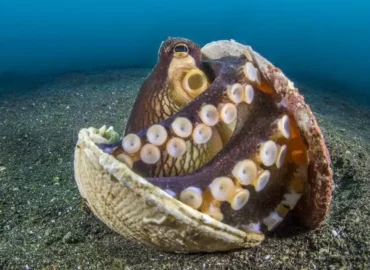A common prerequisite for coral propagation is the establishment of nurseries that are used to generate and supply large numbers of corals that will be later outplanted onto reefs. Coral nurseries are a critical component of this process because they provide a location where corals can be propagated and grown.
Coral nurseries can be field-based (‘in situ’) or land-based (‘ex situ’). While both nursery types can generate large numbers of coral colonies, there are advantages and disadvantages to each that ultimately depend on the resources and objectives of the restoration program.
CORAL REPRODUCTION
Corals can grow and reproduce both sexually, through spawning, and asexually, through a process called “fragmentation”. If conditions are favorable, and a branch breaks away and falls onto the reef, it can reattach and begin to grow a new colony.
We have developed a way of exploiting this natural process of fragmentation to allow us to efficiently propagate, or “farm”, huge numbers of corals.
We fragment coral colonies into smaller, finger-sized pieces. These smaller fragments are then hung on Coral Trees™ – a simple PVC design that we developed, that allows us to grow huge numbers of coral fragments in large, offshore nurseries.





